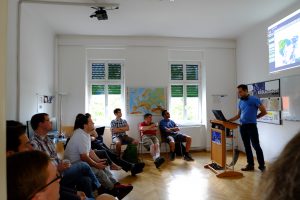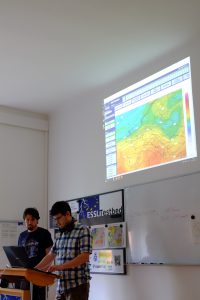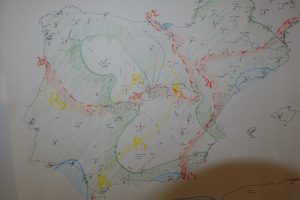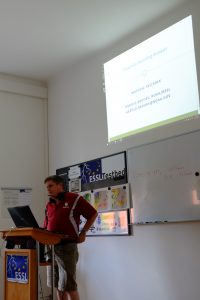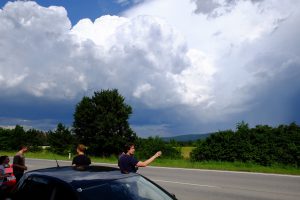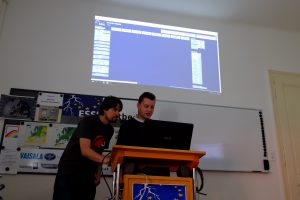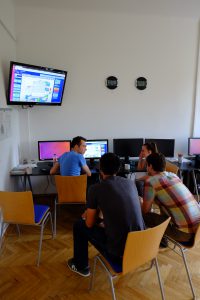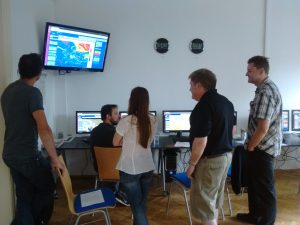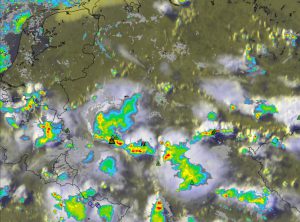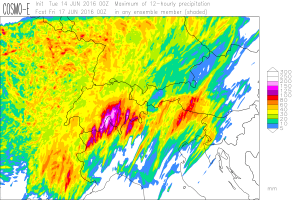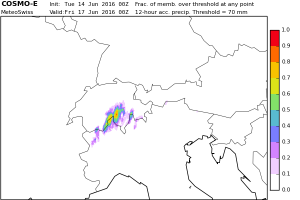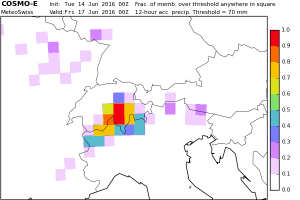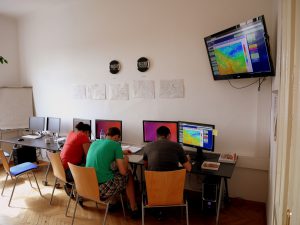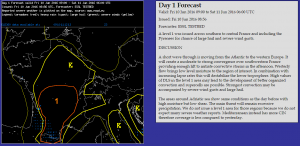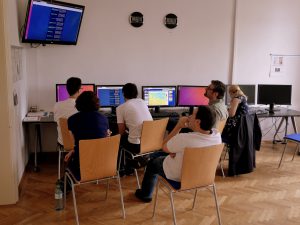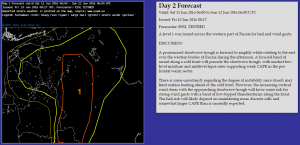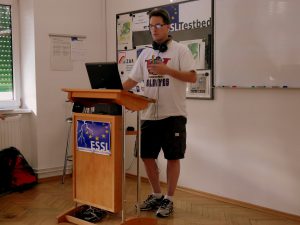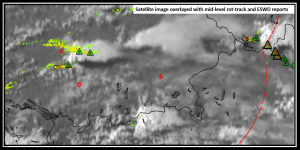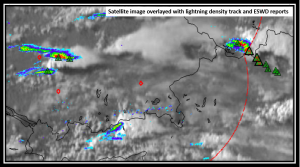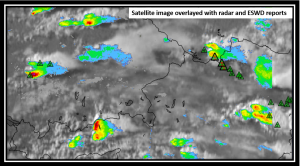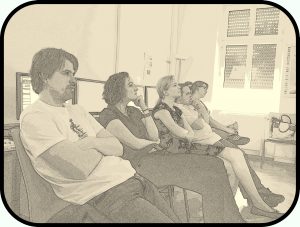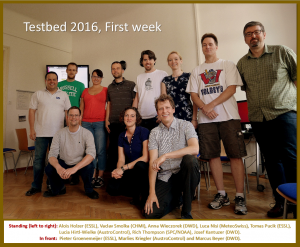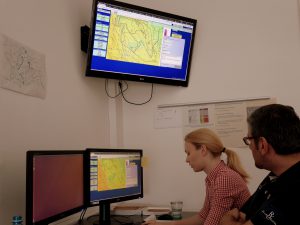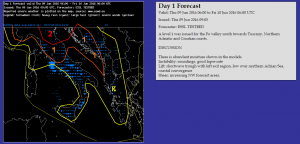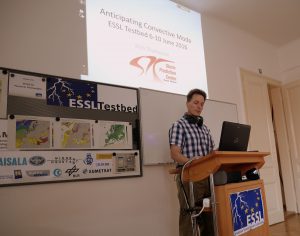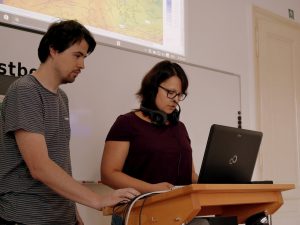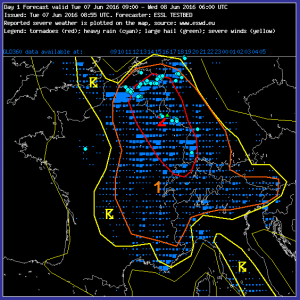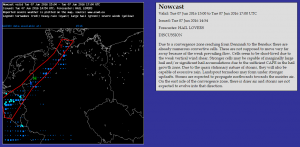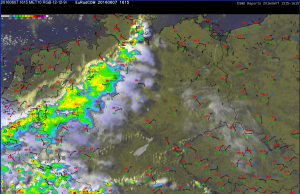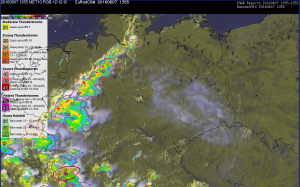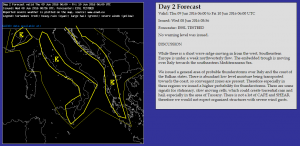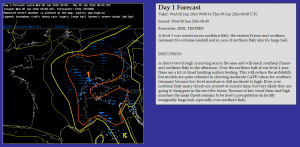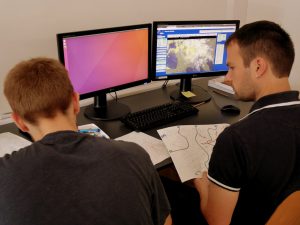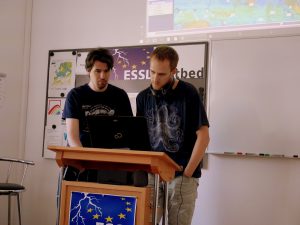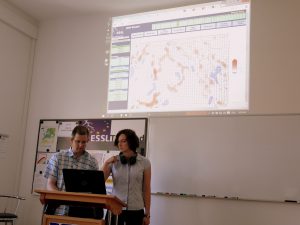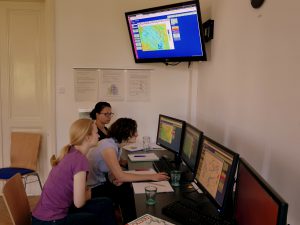Today’s session began with the verification of yesterday’s outlook, which in general verified well. Both distributions of lightning activity but also of numerous severe weather reports were covered by the forecasters with lightning and level 1 areas respectively. The main discrepancy occurred over the far western Ukraine. A fast moving cold front was anticipated but instead, a line of storms evolved, which re-developed over the same area for a prolonged period of time. The reason for this development probably was the orientation of the front compared to the background flow. Over that area of interest, the front had more an east-west alignement and hence was placed nearly parallel to the background flow. Therefore flash flood producing rain was the main risk which was verified by a few reports. Yesterday’s nowcasting group indeed issued a watch area for excessive rain along that line of thunderstorms!
Thereafter once again Day 1 and 2 outlooks were prepared and two participants of both groups presented the results:
Especially the Day 1 group had a difficult task to forecast the activity over Spain, Portugal and Algeria. Thunderstorms were already ongoing, but a complex interaction of strong cap, rough orography, various outflow boundaries and numerous regions with showers/thunderstorms caused vivid discussions about where to place any level area. In addition, hand analysis was performed to get a better feeling about how good/bad models displayed the near real time environment.
Harold Brooks then had a talk about ingredients of soundings, where it became obvious that especially the forecast of severe wind gusts is rather difficult. However, the hail threat for example is dictated mainly by CAPE but also for a lesser degree by shear. Many more interesting results were presented.The other part of the presentation was about verification and evaluation, where very interesting questions were raised, how and why verifications are needed.
During the afternoon hours nowcasting was performed for SW Spain and Portugal, where stronger thunderstorms developed. The other group prepared Day 3 to 5 outlooks, which become increasingly more interesting regarding a more widespread risk for organized thunderstorms over parts of CNTRL Europe. Sadly this activity will occur beyond our testbed week.

